The best size for a children's room, don't let your children suffer foolishly
1. Children sleep on a hard bed
For children and the elderly, the waist needs to be supported when sleeping, so softer cushions such as memory foam mattresses are definitely not suitable (you can take a closer look at the instructions of memory foam mattresses, most of which state that they are not suitable for the elderly and children in the developmental stage)
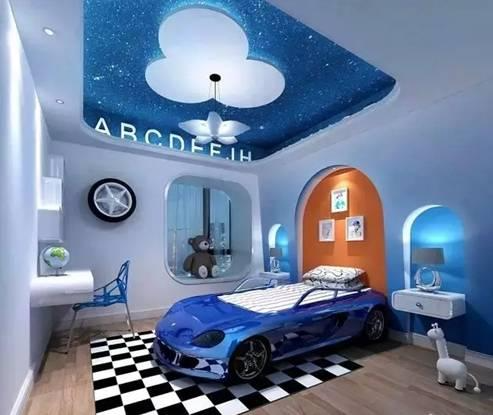
2. Is it okay to sleep on tatami in children’s room?
Yes, you can. Generally speaking, if the floor of a house is high, for example, if it is 30 cm, then the height of the tatami platform should be around 40 cm. The height of a children's room is generally not too high, so 25~35 cm is enough.
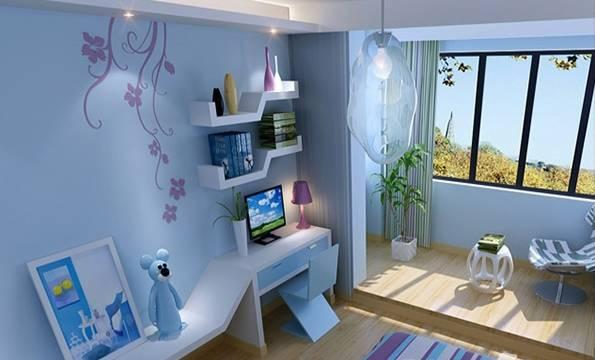
Tip: Regardless of whether you use a platform tatami or furniture, it is recommended that you do not let newborns live in the house within 1-2 years after the decoration is completed, because not only does wood contain various harmful substances, but also coatings, paints, and floors (more common in furniture). Solid wood furniture purchased outside is not necessarily more environmentally friendly than panel furniture (or solid wood veneer).
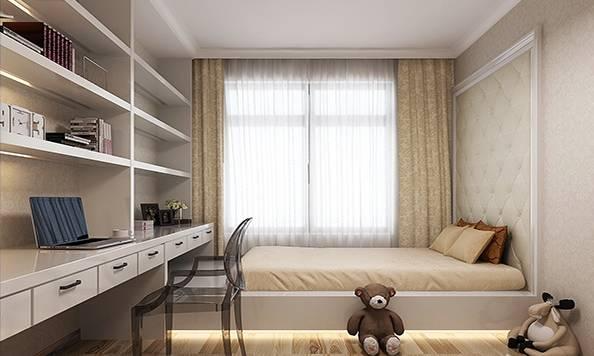
3. What is the most suitable size for the upper and lower bunks of a children's bed?
Many families prefer bunk beds, especially after the two-child policy was implemented. The size is the key to determining convenience.
Let’s take a look at the standard sizes of bunk beds.
1. Different size adjustments should be made according to different ages:
For preschool babies , under 5 years old, whose height is generally less than 1 meter, it is recommended to buy a baby bed with a length of 1 to 1.2 meters and a width of 0.65 to 0.75 meters. According to standard design, the height of such a bed is about 0.4.
For school-age children, you can purchase a bed based on the size of an adult bed, which is 1.92 meters in length and 0.8 meters, 0.9 meters, and 1 meter in width. This way, the bed can still be used when the baby grows up.
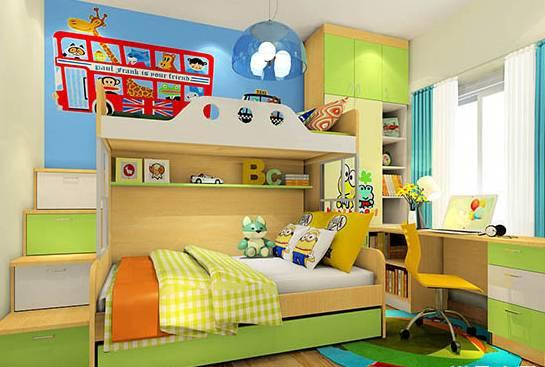
2. Pay attention to the size of the lower bunk to the upper bunk floor. Generally, the net height between the two bunk floors should be no less than 0.95 meters to ensure that the space is large enough so that the baby's head will not be hit frequently.
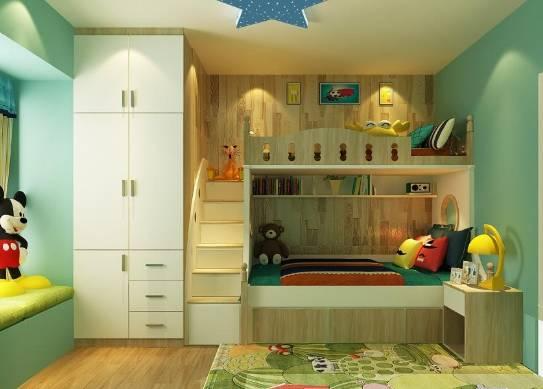
The editor reminds you that when purchasing bunk beds for children, you should also pay attention to the following four things:
1. Not too high: The guardrail of the cradle should not be higher than 35cm, otherwise it will be inconvenient to hold or place the baby.
2. Not too low: The bed surface should not be too low. If it is less than 50cm, the adult will have to bend down deeply when coaxing or holding the baby, which is doubly hard. In addition, the air close to the ground is dusty and easily attacked by reptiles, mice, and pets.

3. Not too wide: The width of the bed should not exceed 75cm. Children's beds need to be flexibly moved between the bedroom, living room, and dining room. If the width exceeds 75cm, it will be inconvenient to enter and exit the door. (The standard door frame is 80cm, and the door thickness is about 4cm. Considering the processing error and the necessary gap, 75cm is the upper limit of the width.)
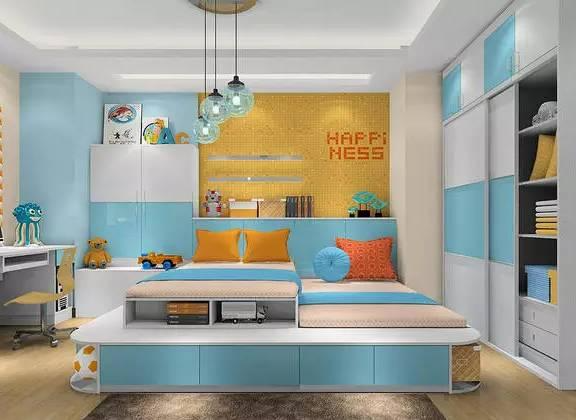
4. Not too long: The length of the bed should not exceed 1.2m. The width of the bedroom is generally about 3m, with the big bed occupying 2m and the rest being the passageway, wardrobe, or table. The child's bed is located next to the big bed, where there are bedside tables, dressing tables, and stools. Considering the passageway and the opening of doors and drawers, 80cm of space is required. Therefore, if the length of the child's bed exceeds 1.2m, it will occupy the passageway or other functional positions of furniture, hindering normal activities and requiring frequent moving, which is very inconvenient.